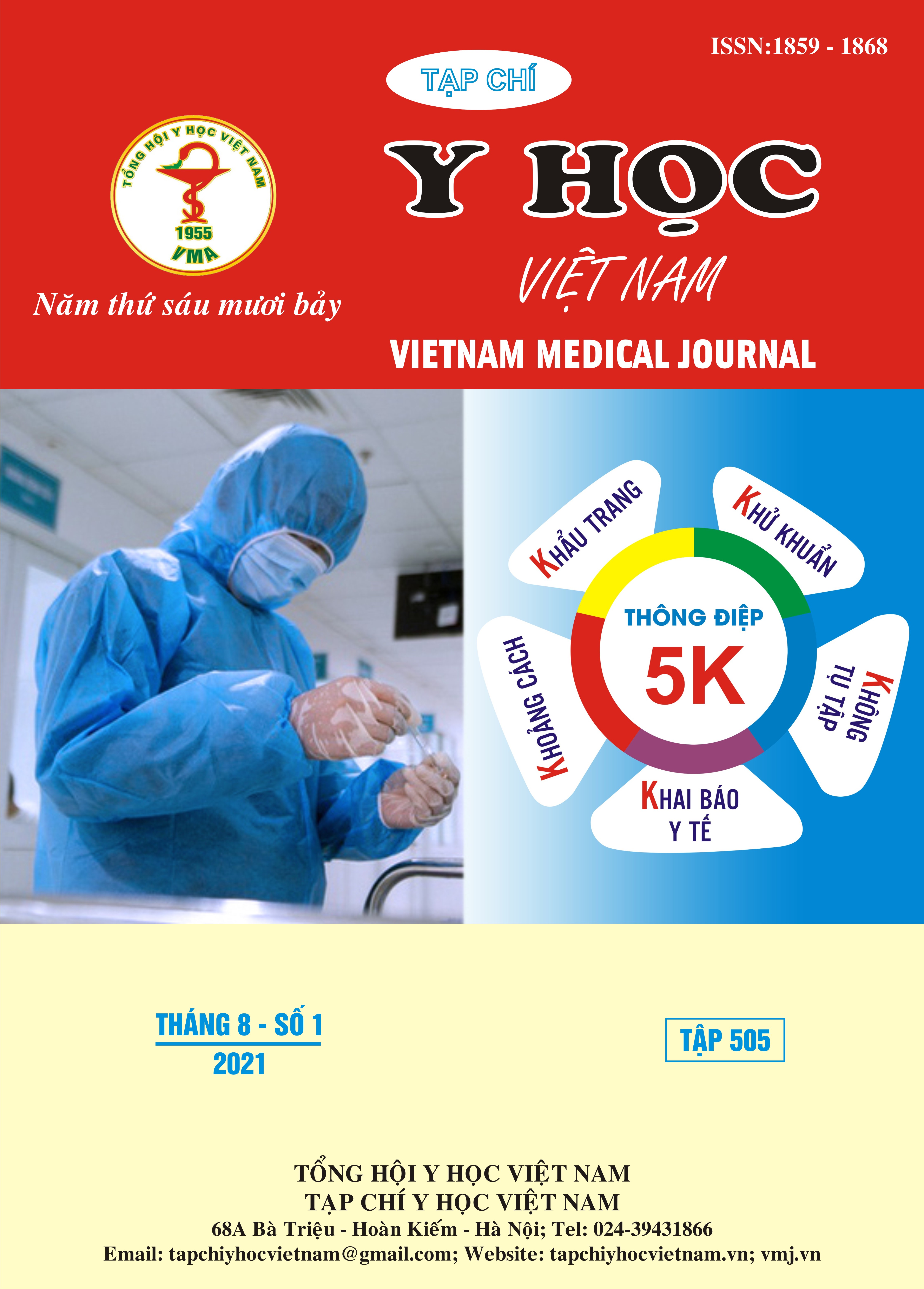OPPORTUNITIES AND CHALLENGES OF FUSED DEPOSITION MODELING 3D PRINTING TECHNOLOGY IN PHARMACEUTICAL FORMULATION DEVELOPMENT
Main Article Content
Abstract
Fused deposition modeling (FDM) is currently the most popular additive manufacturing technology owing to its flexibility, low cost and ease of use. This technology can fabricate complex objects as well as flexibly customize dosage forms satisfying treatment needs of patients. Numerous polymer excipients have been studied that offer a wide range of choices for various pharmaceutical dosage forms such as control release, multi API loaded pills, intragastric floating drug delivery systems. However, this emerging technology also faces many challenges related to print quality issues, intellectual property and lack of regulatory guidelines when it comes to the industry.
Article Details
Keywords
Three-dimension (3D) printing, 3D printed drugs, fused deposition modeling, material extrusion
References
2. Procopio, A.a.T., D. (2020). Opportunities and challenges of 3D-printed pharmaceutical dosage forms. In Drug Delivery Trends, 15-44.
3. Chen, G., Yihua, X., Kwok, P., & Kang, L. (2020). "Pharmaceutical applications of 3D printing". Additive Manufacturing, , 101209.
4. Isreb, A., et al. (2019). "3D printed oral theophylline doses with innovative ‘radiator-like’design: Impact of polyethylene oxide (PEO) molecular weight.". International journal of pharmaceutics. 564, 98-105.
5. Gioumouxouzis, C.I., et al. (2018). "A 3D printed bilayer oral solid dosage form combining metformin for prolonged and glimepiride for immediate drug delivery.". European Journal of Pharmaceutical Sciences, 120, 40-52.
6. Vo, A.Q., et al (2020). "Hot melt extrusion paired fused deposition modeling 3D printing to develop hydroxypropyl cellulose based floating tablets of cinnarizine." Carbohydrate Polymers, 246
7. Di Prima, M., Coburn, J., Hwang, D., Kelly, J., Khairuzzaman, A., and Ricles, L. (2016). Additively manufactured medical products–the FDA perspective. 3D printing in medicine 2, 1-6.
8. Khairuzzaman, A. (2018). Regulatory perspectives on 3D printing in pharmaceuticals. In 3D Printing of Pharmaceuticals. (Springer), pp. 215-236.


